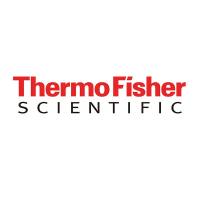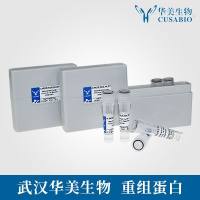Use of the Ribonuclease Protection Assay for the Analysis and Characterization of Target mRNAs
互联网
338
Some of the most widely used techniques in the area of molecular biology involve the isolation, analysis, and quantification of RNA molecules, specifically mRNA molecules that code for proteins of interest. Indeed, the characterization of any gene entails the analysis of the spatial and temporal distribution of RNA expression. In many types of studies, it is also necessary to quantify alterations in the synthesis of specific mRNA species that occur both under normal physiological conditions and in the pathophysiology of diseases such as hypertension. To date, the three most popular methods to characterize RNA molecules and determine the abundance of a particular mRNA in a total or poly (A) sample are Northern-blot analysis, ribonuclease protection assays (RPAs), and reverse transcription-polymerase chain reaction (RT-PCR). In theory, each of these techniques can be used to quantify either the relative or absolute level of an individual RNA species in a population. However, in practice, each method has inherent technical and practical limitations that may pose significant problems under certain circumstances (1 ,2 )








